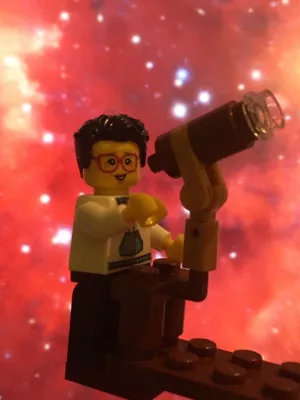
Arne Ardeberg
Professor emeritus

Clusters as probes of distance, evolution, and chemistry of galaxies
Author
Editor
- Arne Ardeberg
- Torben Andersen
Summary, in English
Department/s
- Lund Observatory - Has been reorganised
Publishing year
2003
Language
English
Pages
47-56
Publication/Series
Proceedings of the SPIE - The International Society for Optical Engineering
Volume
5382
Issue
1
Document type
Conference paper
Publisher
SPIE
Topic
- Astronomy, Astrophysics and Cosmology
Keywords
- stellar abundances
- stellar age
- stellar clusters
- clusters evolution
- galaxy chemistry
- clusters metallicity diagram
- CMD
- cluster luminosity function
- AO ELT
- clusters of galaxies
- 1 to 20 Mpc
- globular star clusters
- galactic backgrounds
- colour-magnitude diagram
- Extremely Large Telescope
- ELT
- adaptive optics
- open clusters
- globular clusters
Conference name
Second Bäckaskog Workshop on Extremely Large Telescopes, 2003
Conference date
2003-09-09 - 2003-09-11
Conference place
Bäckaskog Castle, Sweden
Status
Published
ISBN/ISSN/Other
- ISSN: 1996-756X
- ISSN: 0277-786X

